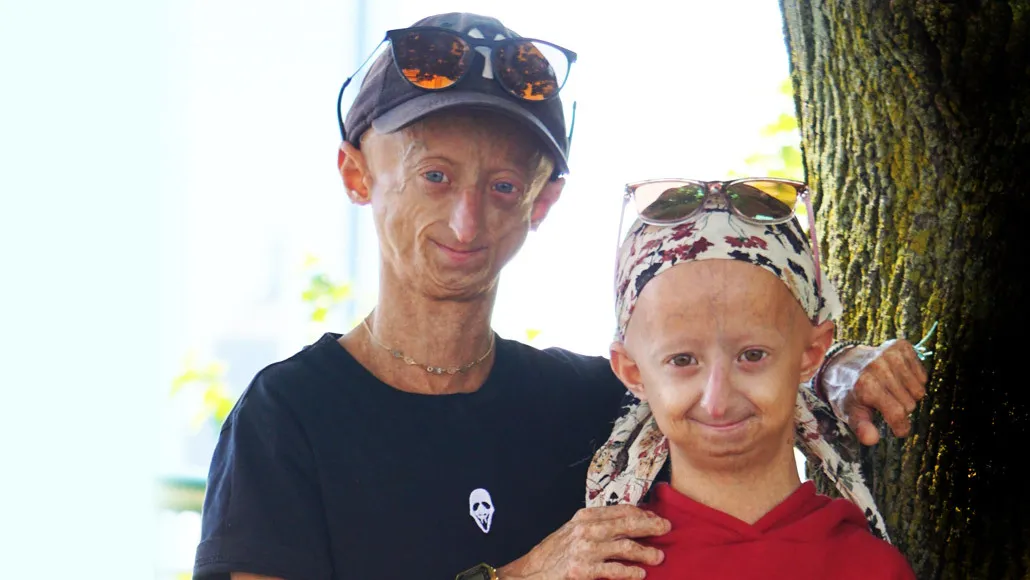The FDA has approved the first drug to treat the rapid-aging disease progeria
An oral treatment blocks the buildup of defective proteins in the body

People with the genetic disease progeria, such as this brother and sister from Belgium, age very rapidly and often die before age 15.
The Progeria Research Foundation